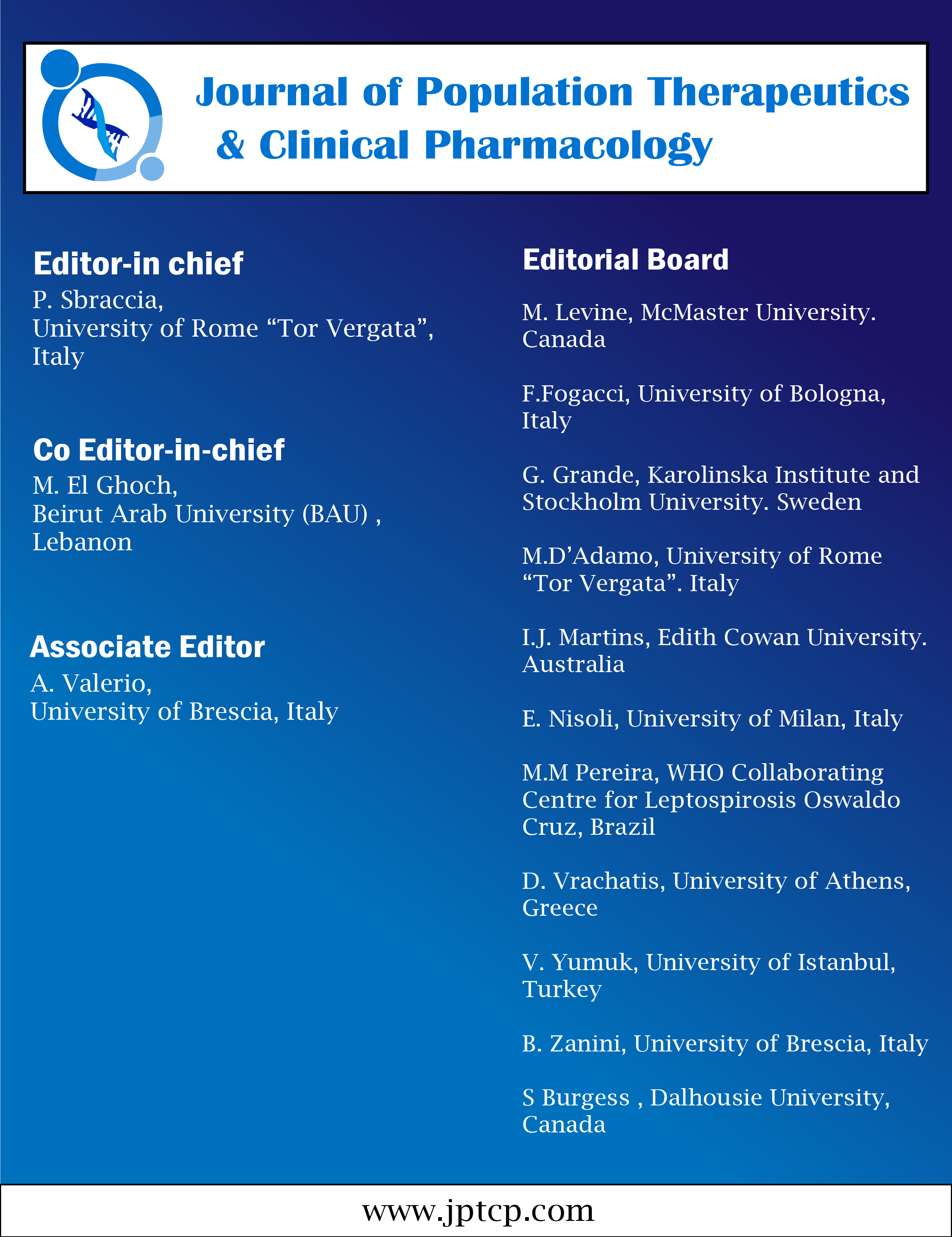A CROSS-SECTIONAL STUDY ON SELF-MEDICATION PRACTICES AMONG COLLEGE STUDENTS: PATTERNS AND RISK FACTORS
Main Article Content
Keywords
Self-medication, college students, risk factors, pharmacy, Peshawar.
Abstract
Objective: the aim of the study find out the self-medication patterns and related factors influencing the conduct of students of the college.
Study design: A prospective observational study.
Place and duration of study: Department of Pharmacy at Lady Reading Hospital, Peshawar, from 07-January -2020 to 07-December 2020.
Methodology: The Study was an observational study the Department of Pharmacy, Lady Reading Hospital (LRH) Peshawar, Pakistan, that was conducted between Jan 2020 to Dec 2020. 100 participants who were enrolled in various college programs were selected to take part in the study. Observations on self-medication procedures, including drug utilization patterns, self-medication motives, sources of objecting medicines, and associated risk indicators were obtained by use of structured interviews and analyzed descriptively.
Results: One of the subjects in the study is that out of 100 students who were surveyed, 75 were abstaining from severe painkillers. Some of the students took antibiotics and antacids, and the counts totaled 30 and 20. The leading explanations indicated that they did it for minor ailments (60 students), ease of availability (25 students), and accumulated experience on how to do it (20 students). Pharmacies have been the most accessible drug stores that students go to buy themselves medicines for self-medication. Over 80 students depend on the pharmacies for their medication. Moreover, 70 students admitted to having had self-medication experiences in the past, whereas 40 students agreed or made acquaintance with the related risks. Many students used drugs in hand readily, which might represent the risk of self-medication cases.
Conclusion: A largely popular practice, self-medicating with college students can also cause danger though. These health education programs can be used to create awareness about these health dangers and teach students what it means to use medications properly, which in turn can help mitigate these risks, especially among college students.
References
2. Abay, S. M., & Amelo, W. (2020). Assessment of self-medication practices among medical, pharmacy, and health science students in Gondar University, Ethiopia. Journal of Young Pharmacists, 2(3), 306-310.
3. Alshogran, O. Y., Alzoubi, K. H., Khabour, O. F., & Farah, S. (2019). Patterns of self-medication among medical and nonmedical University students in Jordan. Risk Management and Healthcare Policy, 11, 169-176.
4. White, L., Van Sickle, D., Mainous, A. G., & Deckert, K. (2018). Self-medication patterns among older adults. Drugs & Aging, 35(5), 431-438.
5. Albusalih, F. A., Naqvi, A. A., Ahmad, R., & Ahmad, N. (2018). Prevalence of self-medication among students of pharmacy and medicine colleges of a public sector university in Dammam city, Saudi Arabia. Pharmacy, 6(2), 1-12.
6. Elden NM, Nasser HA, Alli A, Mahmoud N, Shawky MA, Ibrahim AA, Fahmy AK. Risk factors of antibiotics self-medication practices among university students in Cairo, Egypt. Open Access Macedonian Journal of Medical Sciences. 2020 Feb 5;8(E):7-12.
7. Zewdie S, Andargie A, Kassahun H. Self-medication practices among undergraduate University Students in Northeast Ethiopia. Risk management and healthcare policy. 2020 Aug 26:1375-81.
8. Zhu X, Pan H, Yang Z, Cui B, Zhang D, Ba-Thein W. Self-medication practices with antibiotics among Chinese university students. Public health. 2016 Jan 1;130:78-83.
9. Pal J, Ahmad S, Pal P, Chatterjee D. Prevalence and pattern of self-medication among undergraduate students in a medical college of Kolkata. Int J Community Med Public Health. 2017 Oct;4(10):3619-24.
10. Zeru N, Fetene D, Geberu DM, Melesse AW, Atnafu A. Self-medication practice and associated factors among University of Gondar College of Medicine and Health Sciences Students: a cross-sectional study. Patient preference and adherence. 2020 Oct 1:1779-90.
11. Niroomand N, Bayati M, Seif M, Delavari S, Delavari S. Self-medication pattern and prevalence among Iranian medical sciences students. Current drug safety. 2020 Mar 1;15(1):45-52.
12. Lukovic JA, Miletic V, Pekmezovic T, Trajkovic G, Ratkovic N, Aleksic D, Grgurevic A. Self-medication practices and risk factors for self-medication among medical students in Belgrade, Serbia. PloS one. 2014 Dec 11;9(12):e114644.
13. Latifi A, Ramezankhani A, Rezaei Z, Ashtarian H, Salmani B, Yousefi MR, Khezeli M. Prevalence and associated factors of self-medication among the college students in Tehran. Journal of Applied Pharmaceutical Science. 2017 Jul 30;7(7):128-32.
14. Alkhatatbeh MJ, Alefan Q, Alqudah MA. High prevalence of self-medication practices among medical and pharmacy students: a study from Jordan. International journal of clinical pharmacology and therapeutics. 2016 May 1;54(5):390.
15. Gelayee DA. Self-medication pattern among social Science University students in Northwest Ethiopia. Journal of pharmaceutics. 2017 Jan 1;2017.
16. Araia ZZ, Gebregziabher NK, Mesfun AB. Self-medication practice and associated factors among students of Asmara College of Health Sciences, Eritrea: a cross-sectional study. Journal of pharmaceutical policy and practice. 2019 Dec 1;12(1):3.
17. Bekele SA, Argaw MD, Yalew AW. Magnitude and factors associated with self-medication practices among university students: the case of Arsi University, College of Health Science, Asella, Ethiopia: cross-sectional survey-based study. Open Access Library Journal. 2016 Jun 30;3(6):1-5.
18. Adhikary M, Tiwari P, Singh S, Karoo C. Study of self-medication practices and its determinant among college students of Delhi University North Campus, New Delhi, India. International Journal of Medical Science and Public Health. 2014 Apr 1;3(4):406-9.


